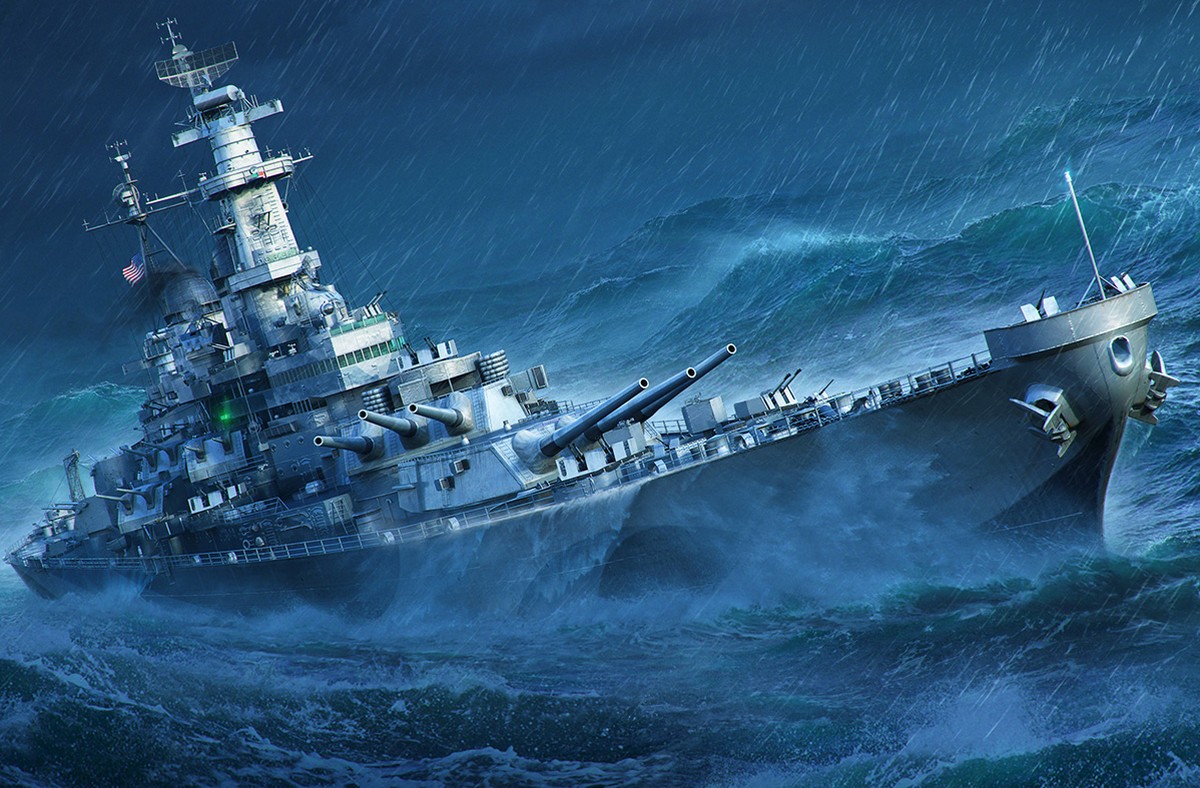

A Navy investigation blamed one of the sailors who was killed, Clayton Hartwig, for having set off the explosion intentionally, and presented a case claiming Hartwig was suffering from suicidal depression after being spurned by a homosexual lover. The incident remains one of the deadliest peacetime occurrences in the history of the U.S. "We knew there wasn't going to be anybody left alive.I knew that there was going to be devastation.everything is Black.and it smells.I am just in this gigantic carnage dump." 2 Eric Chase, a sailor aboard the Iowa who participated in the cleanup of the crippled turret immediately after the explosion, recalled: The turret's powder magazine was quickly flooded to prevent a secondary explosion, an action which may have saved the ship. She was recommissioned, refitted and modernized in 1982-1984 as part of President Ronald Reagan's "600-ship navy" response to heightened Cold War tensions with Soviet Russia, and served around the world, including Central America and the Persian Gulf.īut on April 19, 1989, during a routine gunnery exercise, an explosion ripped through the Number Two gun turret, instantly killing 47 crewman. She was reactivated for service in the Korean War, then mothballed in Philadelphia in 1958. The ship and her crew served with distinction until the end of the war, after which she served in training exercises until deactivation in 1949.

The ship did not see combat in the Atlantic, and shortly after returning President Roosevelt to the United States, she departed in January 1944 to join the Pacific Fleet in action against the Japanese. Roosevelt to the Tehran Conference, where he met with Winston Churchill and Josef Stalin. Later that year, one of her first assignments was transporting President Franklin D. Navy, and in February 1943, in the midst of World War II, the USS Iowa was commissioned and sent to join the U.S. Plans commenced in 1938 to build a new type of "fast battleship" for the U.S.


 0 kommentar(er)
0 kommentar(er)
